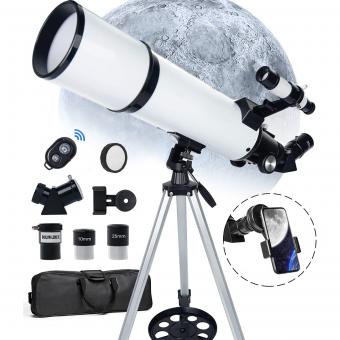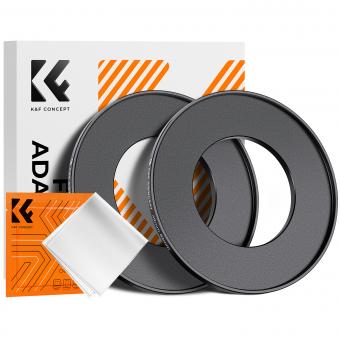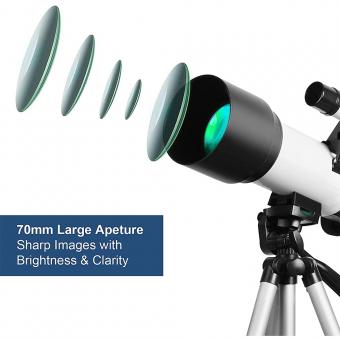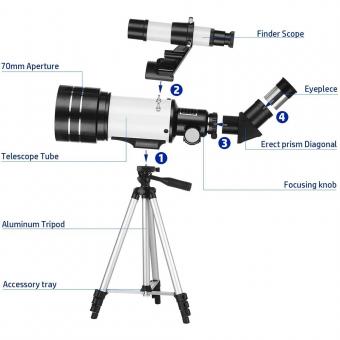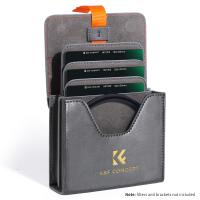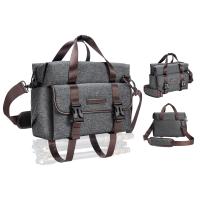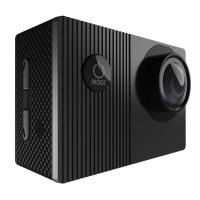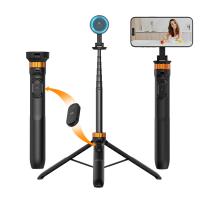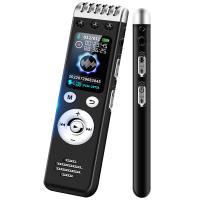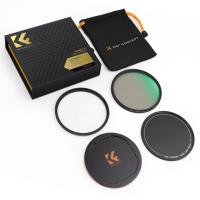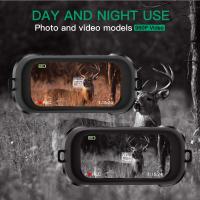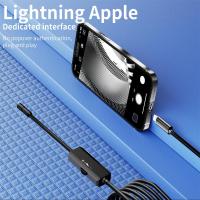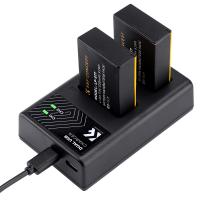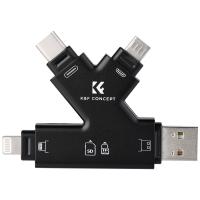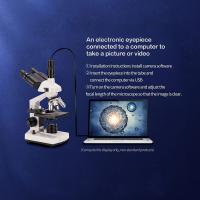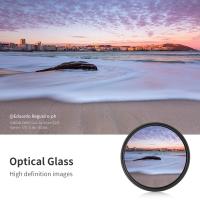How To Use A Beginner Telescope ?
To use a beginner telescope, start by setting it up on a stable surface or tripod. Align the telescope with the night sky by pointing it towards a recognizable object like the moon or a bright star. Use the telescope's finder scope or a star chart to locate celestial objects of interest. Adjust the focus and magnification using the eyepiece or zoom lens. Take your time to observe and explore different objects in the sky, such as planets, stars, and galaxies. Experiment with different eyepieces and filters to enhance your viewing experience. Remember to be patient and allow your eyes to adjust to the darkness for better visibility. Enjoy the wonders of the universe through your beginner telescope!
1、 Telescope Types: Understanding the different types available for beginners.
Telescope Types: Understanding the different types available for beginners.
When it comes to choosing a beginner telescope, there are several types to consider. Each type has its own advantages and disadvantages, so it's important to understand the differences before making a decision.
One of the most common types of beginner telescopes is the refractor telescope. This type uses lenses to gather and focus light, providing clear and sharp images. Refractor telescopes are easy to use and require minimal maintenance, making them a popular choice for beginners. However, they can be more expensive compared to other types and may have limitations in terms of magnification.
Another type of beginner telescope is the reflector telescope. This type uses mirrors to gather and focus light, offering a wider field of view and better light-gathering capabilities compared to refractor telescopes. Reflectors are generally more affordable and provide good value for money. However, they require occasional maintenance to keep the mirrors aligned and may be bulkier and heavier compared to refractors.
A third type of beginner telescope is the compound telescope, also known as a catadioptric telescope. This type combines both lenses and mirrors to gather and focus light, offering a compact and versatile design. Compound telescopes are known for their portability and ease of use, making them a popular choice for beginners who want a telescope that is easy to transport. However, they can be more expensive compared to refractors and reflectors.
When using a beginner telescope, it's important to start with the basics. Familiarize yourself with the different parts of the telescope, such as the eyepiece, mount, and focusing mechanism. Set up the telescope in a stable location, away from sources of vibration and light pollution. Start with lower magnifications and gradually increase as you become more comfortable. Experiment with different eyepieces to achieve different levels of magnification and clarity.
In addition to understanding the different types of telescopes, it's also important to consider other factors such as aperture size, focal length, and mount stability. These factors can greatly impact the performance and usability of the telescope.
Overall, choosing a beginner telescope requires careful consideration of the different types available and their respective advantages and disadvantages. It's important to choose a telescope that suits your needs and budget, and to take the time to learn how to use it properly. With practice and patience, a beginner telescope can provide hours of enjoyment and discovery of the night sky.
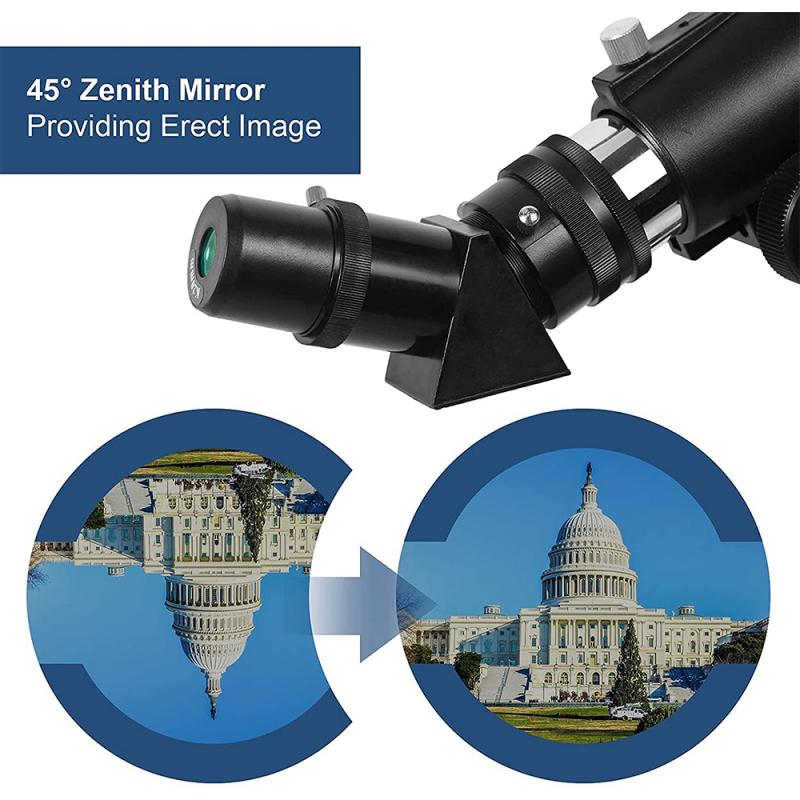
2、 Telescope Components: Exploring the parts and their functions.
Telescope Components: Exploring the parts and their functions.
Telescopes are fascinating instruments that allow us to explore the wonders of the universe. If you are a beginner and have just acquired a telescope, it's important to understand its components and how to use them effectively. Here, we will explore the various parts of a telescope and their functions.
1. Objective Lens/Mirror: This is the main component of the telescope that collects and focuses light. In refracting telescopes, the objective lens is used, while reflecting telescopes use a concave mirror.
2. Eyepiece: The eyepiece is where you look through to observe the magnified image. It further magnifies the image formed by the objective lens/mirror.
3. Mount: The mount is the support system for the telescope. It allows you to move the telescope in different directions and track celestial objects. There are two main types of mounts: alt-azimuth (up-down, left-right) and equatorial (aligned with the Earth's axis).
4. Finder Scope: This small telescope is attached to the main telescope and helps you locate objects in the sky. It provides a wider field of view, making it easier to spot celestial objects.
5. Focuser: The focuser allows you to adjust the focus of the telescope. It moves the eyepiece closer or farther from the objective lens/mirror to achieve a sharp image.
To use a beginner telescope effectively, start by setting up the mount on a stable surface. Align the finder scope with the main telescope and calibrate it. Choose an object to observe, such as the Moon or a bright star, and use the finder scope to locate it. Once centered, look through the eyepiece and adjust the focus using the focuser until the object appears sharp and clear.
Remember, patience and practice are key when using a telescope. Take your time to familiarize yourself with the different components and experiment with different settings. As you gain experience, you can explore more advanced features and techniques to enhance your astronomical observations.
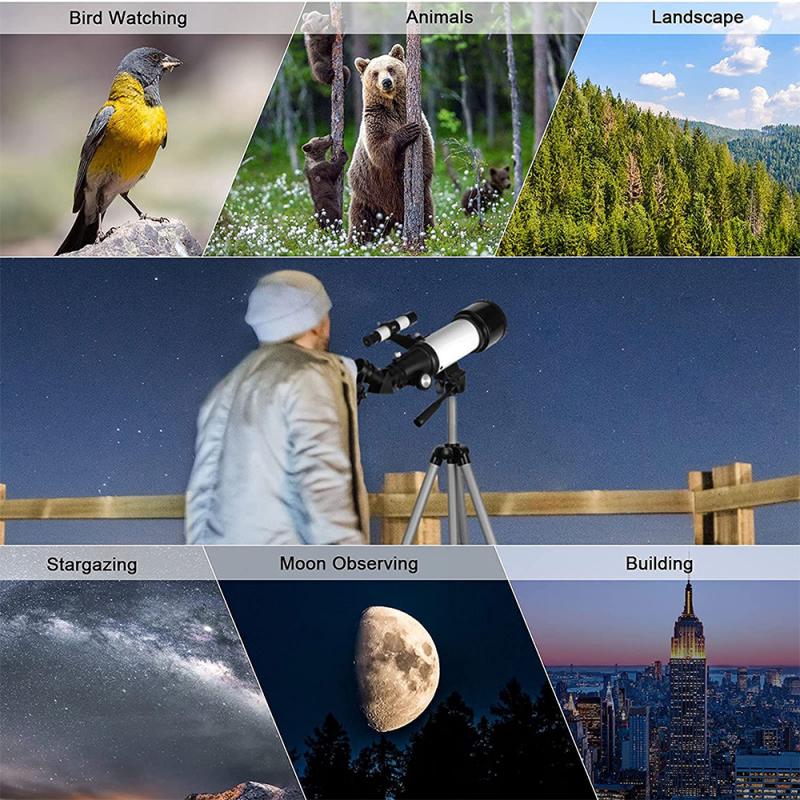
3、 Setting Up: Step-by-step guide to assembling and preparing your telescope.
Setting Up: Step-by-step guide to assembling and preparing your telescope.
1. Unpack your telescope: Carefully remove all the components from the packaging, ensuring you have all the necessary parts including the telescope tube, mount, tripod, eyepieces, and any additional accessories.
2. Assemble the tripod: Extend the tripod legs to a comfortable height and lock them in place. Ensure the tripod is stable and level on the ground.
3. Attach the mount: Place the mount on top of the tripod and secure it using the provided screws or clamps. Make sure the mount is firmly attached and doesn't wobble.
4. Attach the telescope tube: Slide the telescope tube into the mount's dovetail bracket and tighten the screws to secure it in place. Ensure the tube is aligned with the mount and facing the desired direction.
5. Install the eyepiece: Choose an appropriate eyepiece based on your observing needs and insert it into the focuser at the back of the telescope tube. Secure it in place by tightening the thumbscrew.
6. Align the finder scope: Adjust the finder scope so that it aligns with the main telescope tube. This will help you locate objects in the sky more easily. Use the provided screws or knobs to make the necessary adjustments.
7. Calibrate the mount: Depending on the type of mount, you may need to calibrate it to align with the celestial coordinates. Follow the manufacturer's instructions to perform this step accurately.
8. Familiarize yourself with the controls: Take some time to understand the different knobs, levers, and controls on your telescope mount. This will allow you to track objects smoothly and make precise adjustments.
9. Choose a suitable observing location: Find a location away from bright lights and obstructions that may hinder your view of the night sky. A dark and open area will provide the best observing conditions.
10. Start observing: Once your telescope is set up and calibrated, you're ready to start exploring the night sky. Begin with easy-to-find objects like the Moon or bright planets, and gradually work your way up to more challenging targets.
Remember, using a beginner telescope requires patience and practice. It may take some time to become familiar with the controls and to locate objects accurately. Don't get discouraged if you don't see everything right away. Enjoy the process of learning and discovering the wonders of the universe.

4、 Aligning and Focusing: Techniques for aligning and focusing your telescope.
Aligning and Focusing: Techniques for aligning and focusing your telescope.
Using a beginner telescope can be an exciting and rewarding experience for anyone interested in exploring the wonders of the night sky. However, it is important to know how to properly align and focus your telescope to ensure optimal viewing. Here are some techniques to help you get started:
1. Set up your telescope in a stable location away from any sources of vibration or light pollution. This will provide a clear and steady view of the night sky.
2. Begin by aligning your telescope with the North Star (Polaris) or any other bright star. This will help you establish the correct orientation and alignment of your telescope.
3. Use the telescope's finder scope or a low-power eyepiece to locate an object of interest in the sky. Start with larger and brighter objects such as the Moon or planets, as they are easier to locate and focus on.
4. Once you have found your target, use the telescope's focusing knobs to adjust the focus until the object appears sharp and clear. Take your time and make small adjustments until you achieve the desired focus.
5. If you are using a reflector telescope, you may need to collimate the mirrors to ensure optimal performance. Consult your telescope's manual for specific instructions on how to do this.
6. Experiment with different eyepieces to achieve different magnifications and fields of view. This will allow you to explore different objects in the night sky and enhance your viewing experience.
7. Finally, be patient and practice regularly. Astronomy is a skill that takes time to develop, and with practice, you will become more proficient at aligning and focusing your telescope.
In conclusion, aligning and focusing your beginner telescope is crucial for a successful stargazing experience. By following these techniques and practicing regularly, you will be able to explore the wonders of the night sky with confidence and enjoyment.









